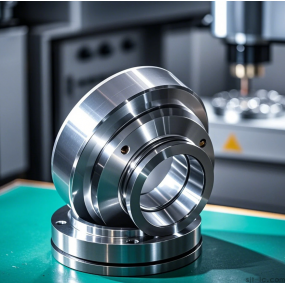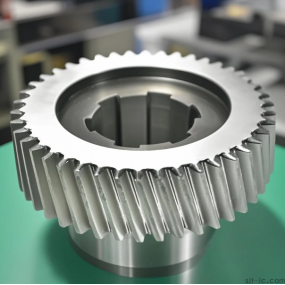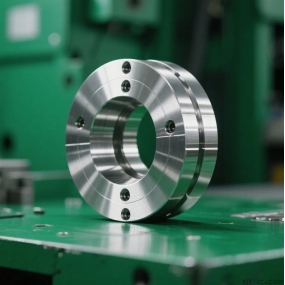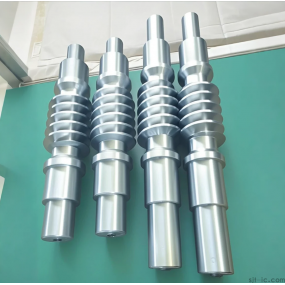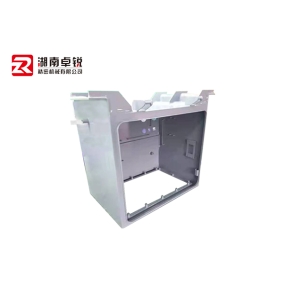Hey there, fellow engineers and procurement specialists! 👋 Ever felt that sinking feeling when a batch of CNC-machined steel parts comes in, and the dimensions are just... off? You're not alone. Chasing that perfect machining accuracy can feel like a never-ending battle, eating into your budget and timeline. But what if you could crack the code? Let's dive into some practical, down-to-earth strategies to tighten those tolerances and get the precision you're paying for.
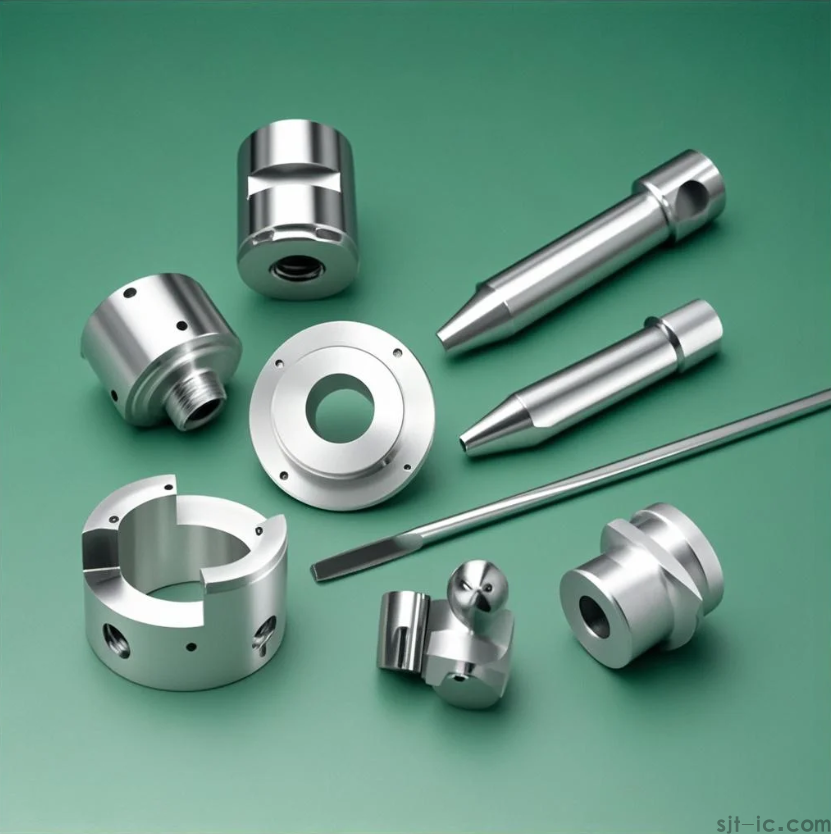
🛠️ It All Starts with the Machine Tool Itself
Think of your CNC machine as the foundation of a house. If it's shaky, everything built on it will be unstable. Before you even think about cutting, you need to check the machine. Is it properly calibrated? Have there been any recent vibrations or impacts that might have knocked things out of alignment? Regular maintenance isn't just a suggestion; it's the first line of defense against poor accuracy. A little bit of preventative care here can save you a world of headache later on.
⚙️ The Magic is in the Cutting Tools
Your tools are the direct point of contact with the steel, so their condition is a huge deal. Using a worn-out tool is like trying to write with a broken pencil—you just can't get a clean line.
Here's what I often check:
• Tool Wear: Keep a close eye on tool wear and replace them before they start producing scrap parts.
• Tool Material: Are you using the right grade of carbide for the specific type of steel you're machining? This matchup is more crucial than you might think.
• Tool Holding: A tool that isn't held firmly will vibrate, leading to chatter and bad surface finish. A high-quality tool holder can make a noticeable difference.
💧 Don't Underestimate the Power of Cooling
When you're machining steel, things get hot. Really hot. This heat makes the metal expand, which means the part you're machining isn't the same size it was when it was cold. This directly messes with your machining precision. Using a good coolant isn't just about keeping things clean; it's about controlling temperature to keep the material stable. The specific mechanism of how much heat distorts which type of steel is a complex topic, and the exact amount of thermal expansion can vary, so that's an area where I'd advise consulting more detailed material data sheets.
📐 Programming and Feeds 'n Speeds: The Brain of the Operation
This is where the operator's skill really shines. Your CNC program tells the machine exactly what to do, so any small mistake gets copied perfectly onto your part.
A couple of key points:
• Feeds and Speeds: Pushing the cutter too fast or too slow can cause problems like tool deflection or excessive heat. Finding that "sweet spot" is key for improving steel machining quality.
• Tool Paths: Modern CAM software can generate toolpaths that minimize sharp direction changes and maintain a more consistent load on the tool, which perhaps suggests better accuracy and tool life.
Anyway, getting the programming right might require some trial and error, but it's the heart of achieving a reliable CNC process for steel.
🧩 The Human Factor and Consistent Setup
We've talked about machines and tools, but let's not forget the people running them. A consistent and meticulous setup process is non-negotiable. This means making sure the raw material is clamped down securely and in the exact same way for every part in a batch. A tiny shift during machining can ruin everything. Investing time in training and creating standard operating procedures might seem boring, but it pays back in spades through reduced errors and less wasted material.
So, there you have it. Improving accuracy isn't about one magic trick; it's a systematic approach looking at the machine, the tools, the process, and the people. From my own experience, focusing on just one of these areas can bring some improvement, but the real magic happens when you get them all working together. 🚀


 Spanish
Spanish Arabic
Arabic French
French Portuguese
Portuguese Belarusian
Belarusian Japanese
Japanese Russian
Russian Malay
Malay Icelandic
Icelandic Bulgarian
Bulgarian Azerbaijani
Azerbaijani Estonian
Estonian Irish
Irish Polish
Polish Persian
Persian Boolean
Boolean Danish
Danish German
German Filipino
Filipino Finnish
Finnish Korean
Korean Dutch
Dutch Galician
Galician Catalan
Catalan Czech
Czech Croatian
Croatian Latin
Latin Latvian
Latvian Romanian
Romanian Maltese
Maltese Macedonian
Macedonian Norwegian
Norwegian Swedish
Swedish Serbian
Serbian Slovak
Slovak Slovenian
Slovenian Swahili
Swahili Thai
Thai Turkish
Turkish Welsh
Welsh Urdu
Urdu Ukrainian
Ukrainian Greek
Greek Hungarian
Hungarian Italian
Italian Yiddish
Yiddish Indonesian
Indonesian Vietnamese
Vietnamese Haitian Creole
Haitian Creole Spanish Basque
Spanish Basque

